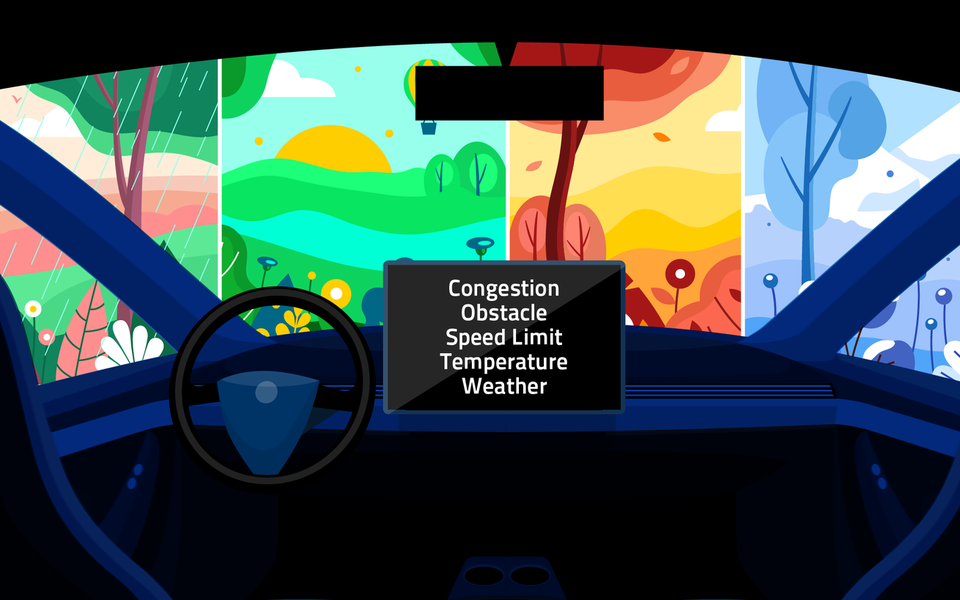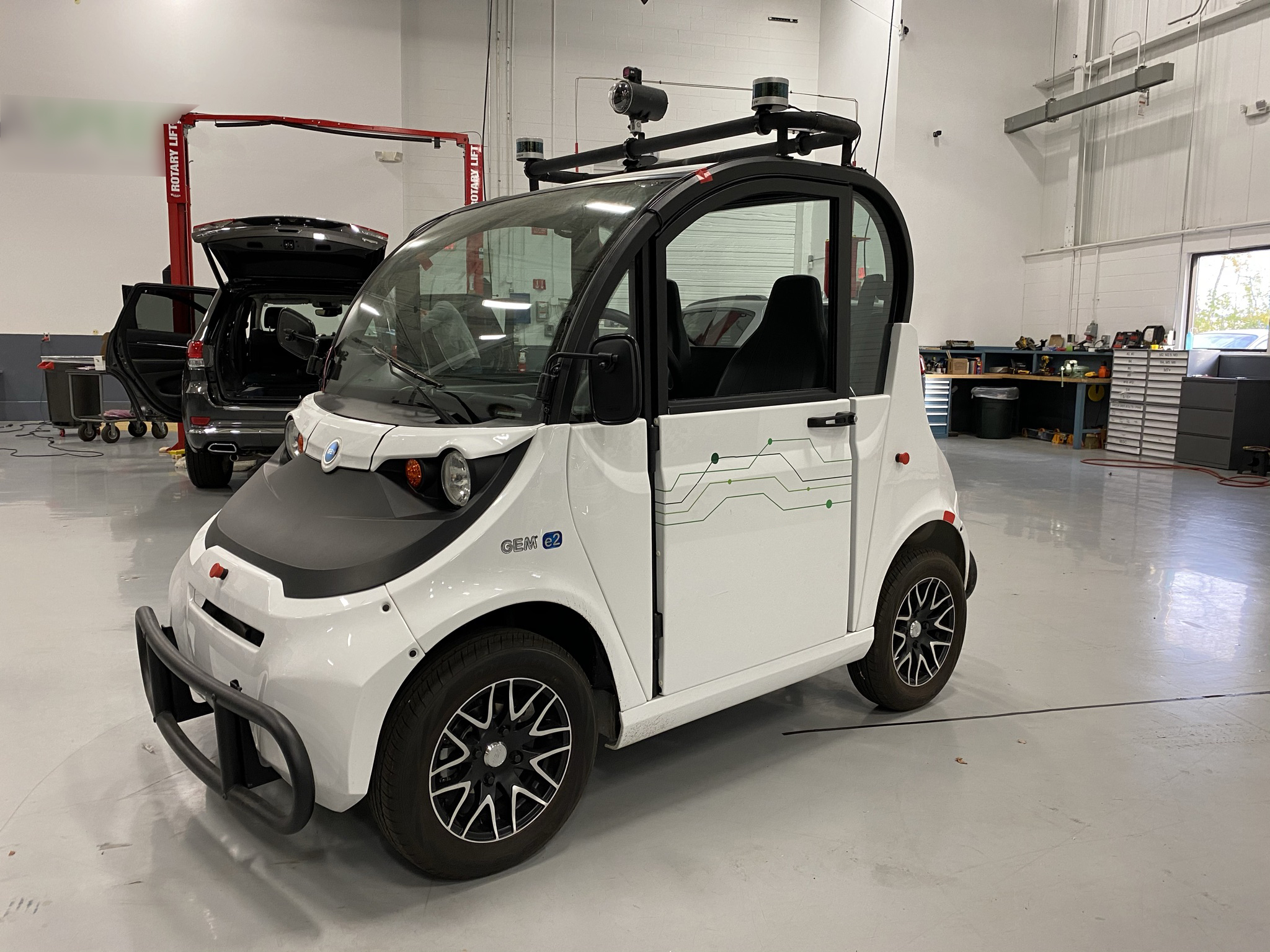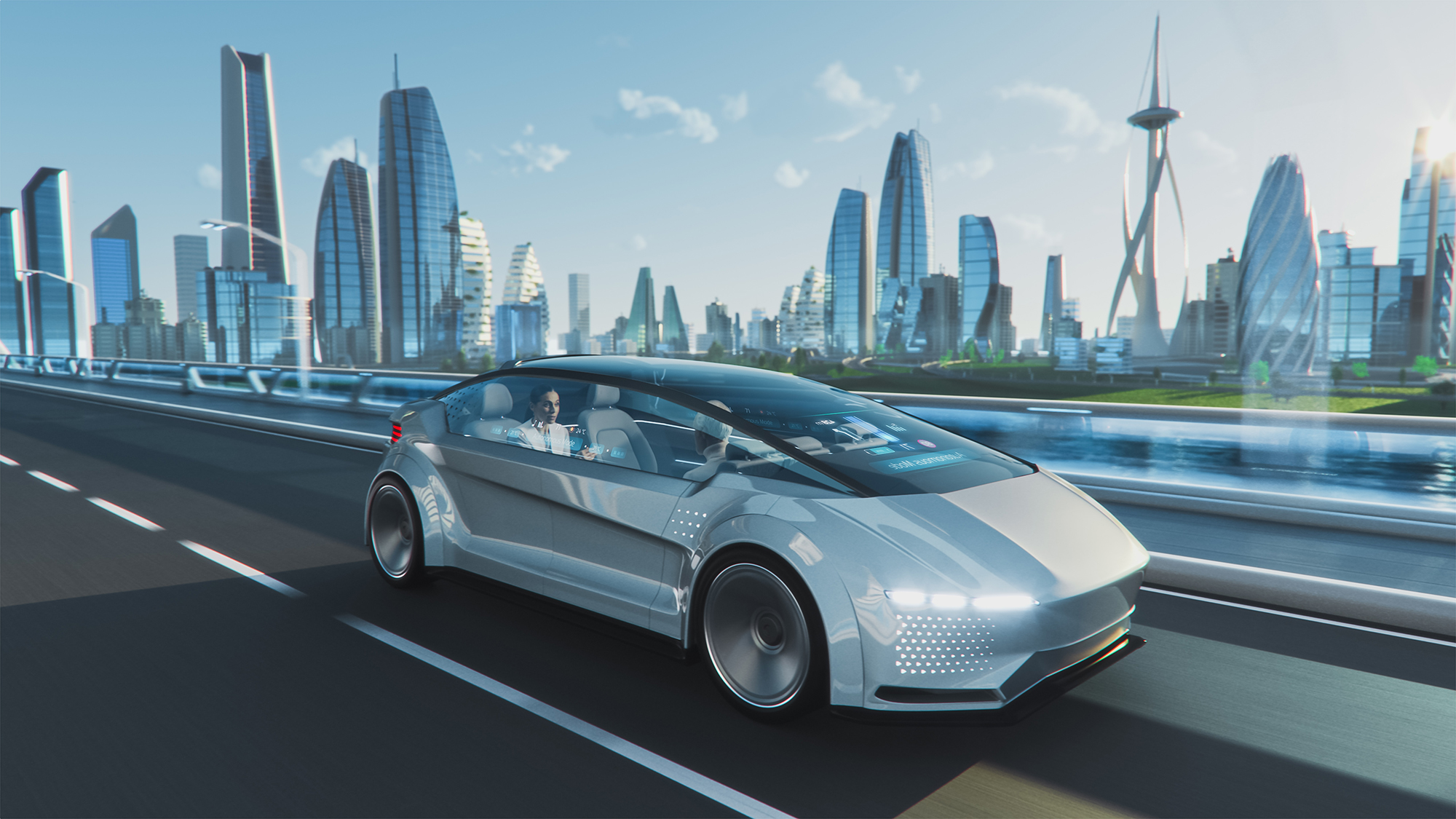Taking Measure
Just a Standard Blog
Cruising Toward Self-Driving Cars: Standards and Testing Will Help Keep Autonomous Vehicles Moving Safely on the Road

When they hit the roads, driverless cars will need to be able to handle all types of conditions.
Many of us are enthusiastic about the prospect of self-driving cars or automated vehicles. They promise to free us from the stress of driving. Automated cars may also reduce accidents caused by distraction or poor judgment.
Cars now come with more automated features — such as headlight activation, emergency braking, detection and avoidance, and more. Many vehicles now include artificial intelligence to help vehicles drive safely.
So why aren’t fleets of self-driving cars already for sale and out on the road? There’s a lot we don’t really know about how to:
- automate driving,
- measure driving performance, and
- make sure automated vehicles drive safely.
The Human Aspect of Driving Is Challenging to Automate
Experienced drivers make many decisions instinctively, such as stopping quickly when they spot a deer in the road. We still don’t know how to describe that instinct to a machine, even with its artificial intelligence and sensors. Modeling instinct, or teaching a car to drive like a human, is an even bigger engineering and scientific challenge.
Driving is not just an individual skill; it’s a collective effort. Each driver communicates with other drivers, pedestrians and cyclists to get from point A to point B safely. Additionally, drivers interact with a huge infrastructure that is focused on safe and effective vehicle operations, such as traffic lights, signage and changing traffic patterns.
All these aspects of human driving — instinctive decisions, driver collaborations and interacting with road infrastructure — must be replicated for automated driving.
Many experts believe humans still have an edge over today’s technologies, but technology is rapidly improving.
Industry, government and other partners are working toward replicating these aspects of human driving for automated vehicles (AVs) and building a supporting infrastructure. The effort will require human factors engineering (a field that considers humans’ abilities and limitations), further technical development, and local and regional planning. The goal is to deploy automated vehicles that operate safely and effectively.
Automated Vehicles Require Thorough Testing to Ensure Safety
Compared to human-driven vehicles, driverless vehicles can be tested more thoroughly and less expensively before they hit the road because the driver is not a person; it’s software. Their simulations allow more testing in a shorter time, compared to test track or public road testing.
These simulations include models of other vehicles and all critical elements of the driving environment. Such simulations can model scenarios that automated vehicles may encounter, including vehicle failures or cyberattacks. These simulations can increase confidence in AVs.
Manufacturers of traditional vehicles test parts and systems on cars — like steering and brakes. Since these parts are proprietary, they don’t typically share the results of comprehensive testing. Regulators and other organizations responsible for safety can’t confirm the results or even the measurement and testing methods used.
NIST Is Playing a Key Role in the Drive Toward Autonomous Vehicles
In the case of automated vehicles, that’s where NIST comes in. NIST develops and standardizes measurement methods. These measurements and methods will be vital in the development of autonomous vehicles.
NIST is doing what it does best: building a consensus among interested parties on the measurements needed to evaluate automated vehicle safety and developing reliable measurement methods.

In a series of workshops, NIST partnered with automated vehicle stakeholders, including the U.S. Department of Transportation, its National Highway Traffic Safety Administration, industry representatives and other research institutions.
NIST and its partners began by examining industry’s concept of an AV’s “operational design domain (ODD),” a vocabulary that includes names for the various conditions that the vehicle can operate in, such as operating in precipitation. ODDs distinguish type of precipitation, such as snow and rainfall, and even types of rainfall, heavy or light. (Think of it as the vehicle’s resume, describing its capabilities.) They indicate what types of testing should be included for that vehicle.
NIST and our partners proceeded to develop a concept that complements industry’s operational design domain, called the operating envelope specification (OES) of an AV. It includes all the factors in the vehicle’s ODD and more. It includes criteria for assessing the performance of the car.
The OES provides a framework for measuring the automated vehicle’s operating environment. Critical vehicle behaviors, such as lane changing and navigating intersections, are specified as behavioral competencies. AV developers, regulators and researchers can then use this framework to create testing scenarios. Think of the OES as the job description and associated metrics that all autonomous vehicles should meet.
NIST worked with leading vehicle system developers to create a co-simulation platform for studying automated vehicle safety. The platform is called co-simulation because it brings together best-in-class simulations for braking, engines, sensors and much more. This platform evaluates multiple safety factors and vehicle models at the same time. Testers swap out vehicle models, level of automation, driving scenarios and evaluation methods during co-simulation.
Using the platform, stakeholders can address such questions as:
- Will automated braking work in time to avoid a collision?
- Will automated cars obey speed limits and other traffic laws?
- Can an automated vehicle safely pass another vehicle on a busy highway?
The OES will help inform the tester and the vehicle, but what about testing the automated driver? This is the most significant challenge in automated vehicles. We know how to test human drivers and give them a driver’s license. We don’t yet know how to test a software driver. While the OES supports testing of vehicles, in the future it may also help us test automated “drivers.”
Additionally, NIST held a workshop last year, asking AV community stakeholders how NIST can support automated vehicle development. NIST identified the need to study:
- interactions between the systems on the car;
- sensing and perception, such as recognizing and responding to objects in or around the road;
- cybersecurity research related to adversarial machine learning;
- risk associated with AI components; and
- automated vehicle communications.
Once facilities, equipment and expertise are in place, NIST will work with automotive and government experts to identify critical automated vehicle behaviors and how to best measure these behaviors.
The goal of NIST’s efforts will be to set the standards for AV testing nationwide so these vehicles can operate safely.
What Will a Driverless Future Look Like?

We are exploring the use of our simulation tools to help test the safety of automated vehicles. Government, manufacturing and technology companies, researchers, and other stakeholders can contribute their best-in-class models. These contributions will help NIST explore trustworthiness metrics, including safety metrics, that will be vital to automated vehicle success.
As a driverless future nears, replacing human drivers with automated systems still raises critical questions. For example, perception by humans or machines will never be perfect, so investment in infrastructure may take up some of the slack. The NIST team will hold a workshop with infrastructure stakeholders this year to gather perspectives on how to measure the impact of these investments.
There are important questions to address regarding automated vehicles and their software drivers. Are they safe, secure and trustworthy? Should safety be at least as good as the best human drivers? How can we compare the two?
Answering such questions will be a collaborative effort among experts in science, transportation and human factors engineering.
Automated vehicles must be safe, with their risks understood and measured. Researchers, developers and government agencies must share their safety assessments with each other. Just as drivers collaborate to keep everyone safe on the road, many organizations will be involved in keeping the autonomous vehicle future safe for everyone.
As drivers, we know how to drive, but it’s difficult to describe or teach to others. Building a robotic or a self-driving car that does what we humans do is a challenge.
And while fully automated vehicles may still be far down the road, when they do arrive, you can be sure NIST will be under the hood.
About the author
Related Posts
Comments
It will be interesting to see how quickly self driving cars become the majority of vehicles on the road. Furthermore, perhaps when emergency vehicles become automated as well, it will enhance safety measures that has been an ongoing issue.
Reference: https://www.nist.gov/blogs/taking-measure/safety-standards-ambulances-s…
The safety aspect for everyone on the road is the most impactful that automated vehicles will have. Self-driving cars have the potential to revolutionize the way we think about transportation and could significantly reduce the number of drunk driving and DUI accidents. With the ability to take over the driving responsibilities, self-driving cars will take human error out of the equation, which is the leading cause of DUI accidents. Not only will this technology make our roads safer, but it will also give people the freedom to enjoy a night out without having to worry about getting behind the wheel after having a few drinks.
This technology will also allow people who are unable to drive, such as those who are elderly or have disabilities, to have more mobility and independence. The implementation of self-driving cars is a step towards a safer and more accessible future for all. Source: https://www.nist.gov/blogs/taking-measure/improving-quality-life-throug…
I trust NIST team more than some of the others out there to do this type of work. Have you considered AIAG-VDA's FMEA criteria that list MSR ( Monitoring and System Response ) along with other relevant ISO standards ( 26262 and .. ) in developing your tools? As an owner ( driver ) of an EV that has the advertised capability of self-driving, I am questioning their capabilities as they tend learn from the field user and improvise. Other automotive technologies might have ML/AI capabilities but then they are only as good as what is available to learn from!
Nice blog, Thanks for sharing about The Human Aspect of Driving Automated Vehicles was really helpful. Thanks for sharing with us.
Спасибо за интересную и полезную статью. Я расширил свои знания и узнал много интересного. Автор статьи - настоящий профессионал в своей области. Благодарю за вашу работу и мастерство.
Google Translate translation of this comment:
Thanks for the interesting and useful article. I expanded my knowledge and learned a lot of interesting things. The author of the article is a true professional in his field. Thank you for your work and skill.
Many challenges to overcome with self-driving cars.
However, I'm optimistic for our self-driving future :)
I buy cars for long term use. I am waiting for a safe self-driving option to come to market before I buy another car. My 11 yo car works as well as any non-self driving car out there.
Mercedes' option on only their most expensive model is disappointing.
I may be waiting awhile.
Great Information.
hhi






While I would hope most readers would understand the intent of this, wouldn't "Cruising Toward Self-Driving Cars: Standards and Testing Will Help Keep Autonomous Vehicle Users Safe on the Road"